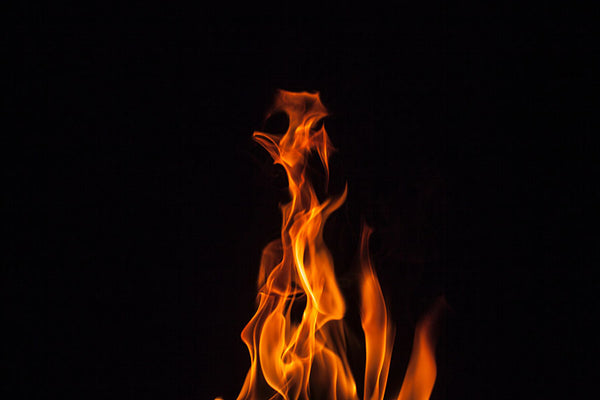Understanding the Nuances of Fire Resistance

When designing for fire resistance, the materials you choose spell the difference between a product that goes up in flames and one that withstands the environment—no matter how high the temperatures climb. Oftentimes, picking the right materials is a difficult task, as there are multiple national, international, and industry standards for fire resistance.
What Does ‘Fire-Resistant’ Mean?
Fire resistance is typically measured by the amount of time a product can withstand a standard fire test. While different authoritative bodies hold different test standards and measurement techniques, this much is consistent: The aim is to ensure the product withstands heat and flames until the fire source is extinguished.
Just as the fire resistance tests vary by authoritative body, so do fire resistance ratings. Although all ratings are slightly different, they also have a consistent theme: The higher the rating (whether it’s numerical or alphabetical), the greater the ability to withstand high temperatures for longer periods of time.
The authoritative body will vary depending on jurisdiction and the intended use of the product. For example, a government body may have certain fireproofing requirements in all new buildings, while a regulatory body may require certain fireproofing materials in transportation vehicles. Knowing the jurisdiction and regulatory laws behind your product will significantly increase product success.
Common Fire-Resistant Materials
There are many fire-resistant materials on the market. Some of the most common:
- Fiberglass - Fiberglass is made from sand, recycled glass, and other ingredients, making it a poor heat conductor.
- Mineral wool - Mineral wool is made from minerals that are heated and spun into filaments. As a result, mineral wool’s heat resistance makes it a common choice in insulation, gaskets, and brake pads.
- Glass wool - Glass wool is very similar to mineral wool. The major difference: Glass wool is made from glass heated and spun into filaments. Like mineral wool, it is commonly used in insulation, gaskets, and brake pads.
- Silicate compounds - Calcium silicate, sodium silicate, and potassium silicate are all commonly used in fire-resistant applications.
- Concrete - Concrete’s resilience depends on the aggregate within. Natural aggregates may have higher moisture content, which can be detrimental. When exposed to high temperatures, this moisture may cause the aggregate to expand, cracking and sintering the concrete.
When these materials are used as a coating on a product, that product’s resistance to heat and flame increases significantly—potentially making it a valuable selection in an overall design.
Limitations in Fire Resistance
Even if a product is marketed as “fireproof,” it can be damaged by fire. In fact, all materials will eventually burn, smolder, or melt under intense heat.
When designing with fire resistance in mind, it’s not only the immediate environment that matters. Although the facility you’re designing for may encounter intense heat levels, take into account potential heat sources from nearby structures as well. In a worst-case scenario, what other nearby flammable materials could ignite to present even higher heat levels in your design?
Chemicals like magnesium and thermite burn at extremely high temperatures that can quickly consume everything around them. If you’re working on a custom design, know what’s in the vicinity when selecting fire-resistant materials so that you can ensure the products can withstand the potential heat levels.
By maintaining a firm grasp on fire resistance and fire-resistant products, you can ensure your designs withstand whatever hazards they face.
Contact me today to learn how the fire-resistant materials used in select EMKA, Elesa, and Ganter products will impact the durability of your final design.